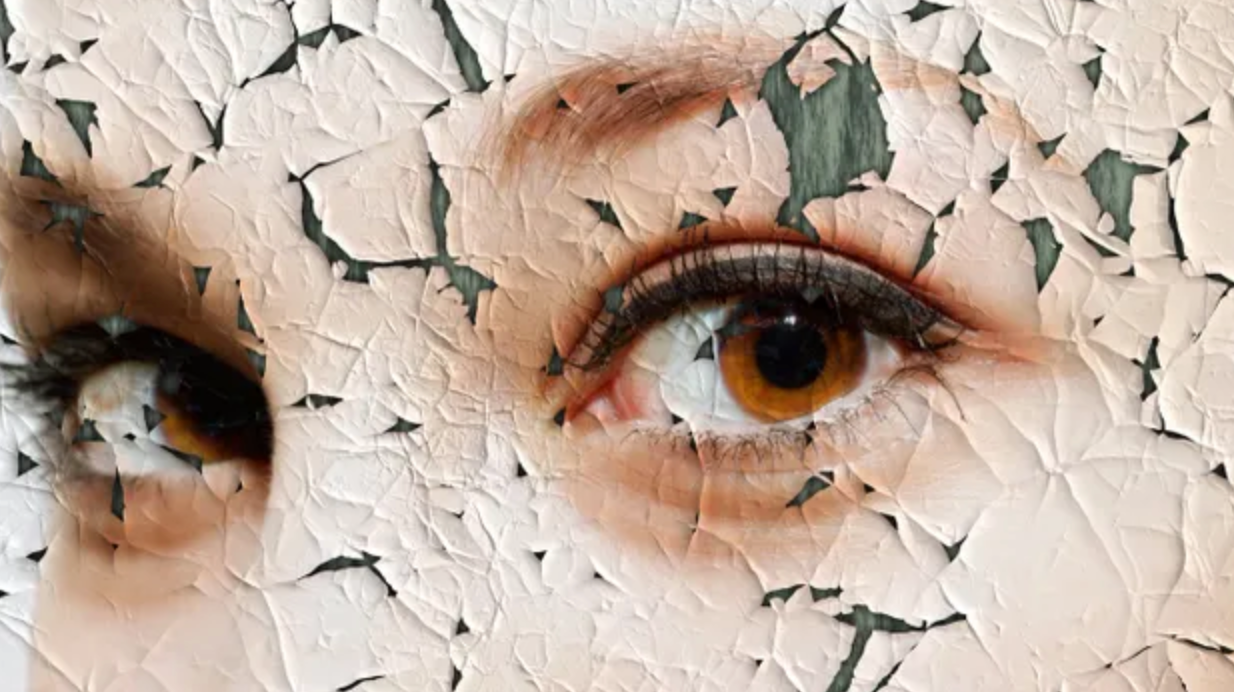
7 Makeup Tips Anyone With Psoriasis Can Use
Did you give up makeup while dealing with psoriasis and are you 'done' like I used to be? Here is something that may help!

People use makeup for all sorts of reasons: to play up certain facial features, hide minor blemishes, or express their creativity or individuality. But makeup — foundation and concealer, in particular — can also be an important tool for people with psoriasis who want to camouflage lesions.
What’s more, makeup isn’t an option only for women who want to conceal psoriasis; it’s become increasingly gender neutral in recent years, says Rachel Lockhart, a makeup artist and the owner of Rachel’s Makeup and Brow Studio in Boston. There are also more options than ever for different skin tones, as the beauty industry has come a long way in offering a wide range of colors, textures, and formulations. “Most major makeup companies of all price points have made strides in expanding their shade ranges,” Lockhart adds.
Before you hit the cosmetics counter, though, keep a few caveats in mind: You should not apply makeup to raw, irritated skin or open lesions. And if you have pustular psoriasis, which is characterized by pus-filled bumps, you may not be able to use makeup at all, as it could irritate your skin even more.
It’s also important to be realistic about what you can successfully cover up. Experts agree makeup can help mask some of the discoloration of psoriasis, but it can’t conceal a rough, scaly texture. In fact, says Lockhart, too much makeup will draw attention to scaly skin.
Otherwise, even if you’re someone who isn’t always self-conscious about your skin, applying a couple of carefully chosen cosmetics to your face or other visible body parts can help cover up the lesions on days you’d especially prefer not to draw attention to them.
Tips for Applying Makeup
Lockhart suggests consulting a professional makeup artist, who can help you fine-tune and personalize techniques for camouflaging psoriasis lesions. Meanwhile, these pro tips should help you get a head start.
1. Prep your skin. This is key to making psoriasis less noticeable. Step one: “Always start with clean hands and clean skin,” says Los Angeles–based celebrity makeup artist Allie Renee.
2. Reduce scaling. If you want to use makeup on areas other than your face, it will help to get your skin as smooth as possible first. There are two effective techniques for doing this.
One is occlusion therapy, which is easiest to do on arms and legs. Start by applying a generous layer of an emollient — a moisturizing cream designed to hydrate skin and soften plaques. Wrap the treated areas with plastic wrap and leave on overnight. Shower in the morning to wash away the scales.
If you use a steroid or other prescription medication, talk to your doctor before trying occlusion, advises the National Psoriasis Foundation (NPF), as it can amp up the side effects of steroids such as stretch marks and telangiectasias — broken or dilated blood vessels.
On your face you can do a form of occlusion by covering lesions with a thick layer of a lightweight moisturizer at bedtime. Choose one formulated for the face, as heavier products can cause acne or milia.
Another way to descale your skin is to soak in a tub filled with warm (not hot) water and bath oil for 10 to 15 minutes. (A fragrance-free sesame oil-based bath oil is a good choice.) When you get out, gently exfoliate the scales with a clean, soft towel. Resist the temptation to pick at stubborn scales, which can make psoriasis worse due to the Koebner phenomenon, a reaction that causes new psoriasis lesions to form at the site of skin injuries. Follow up immediately with a gentle moisturizer.
3. Choose liquid-based products. Lockhart says powder-based foundations and concealers tend to make skin dry, which defeats the purpose. “You want to use something that has a liquid finish. Also, the sheerer the shade, the better,” she says.
Cream-based products can also help create a natural look. “Choose cream or liquid formulations with sheer, buildable coverage and a dewy or luminous finish,” Renee says.
Steer clear of products that contain glitter or add sparkle, as these can draw attention to the areas you’re trying to hide, plus they can irritate your skin.
4. Foundation goes on first. “No matter what the skin type, I always do foundation before concealer,” says Lockhart. This creates a more natural-looking result, and you may find you don’t even need concealer, she says.
To apply foundation, Renee recommends using your fingers to lightly pat the product onto your skin, rather than rubbing or stroking it on. Alternatively, she says you can use a beauty sponge. If you do, she adds, “It’s important to clean it between uses to reduce the risk of infection.
However you choose to apply foundation, “Start sheer and build as needed. Use a small amount of product and a light-handed application.”
5. Choose your concealer carefully. Concealers are similar to foundation, but they’re thicker, less translucent, and can provide extra coverage to individual lesions. Test different shades and choose one that comes as close as possible to the color of your skin. Dab it directly onto specific areas and gently blend it in.
6. Leave color correctors to the pros. Green color-correcting makeup can help tone down redness on light skin. But, says Lockhart, unless you have a lot of experience using it, it’s best to skip it. If applied incorrectly, you may wind up with green blotches rather than a flawless, skin-toned finish.
7. Be consistent. It may take some trial and error to find makeup that works for you. Once you do, stick with it. If you start exposing your skin to a lot of different products, you risk having a reaction to one of them. Talk to your doctor if you experience burning, stinging, or itching when using a new product.
For those times when you would rather not have to face the day with obvious psoriasis lesions, camouflaging makeup can help. With a little practice, you can improve the appearance of lesions and get a well-deserved morale boost.
Finally, remember that while makeup can help cover psoriasis, it doesn’t treat it. Work with your dermatologist to find a skin-care routine and treatment plan that helps you manage your condition.
References and images:
https://www.everydayhealth.com/hs/psoriasis-guide/psoriasis-and-makeup/



Leave a comment
This site is protected by hCaptcha and the hCaptcha Privacy Policy and Terms of Service apply.